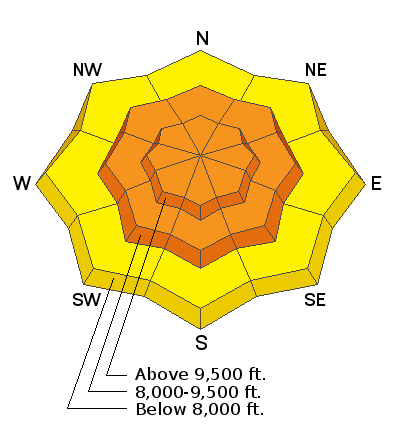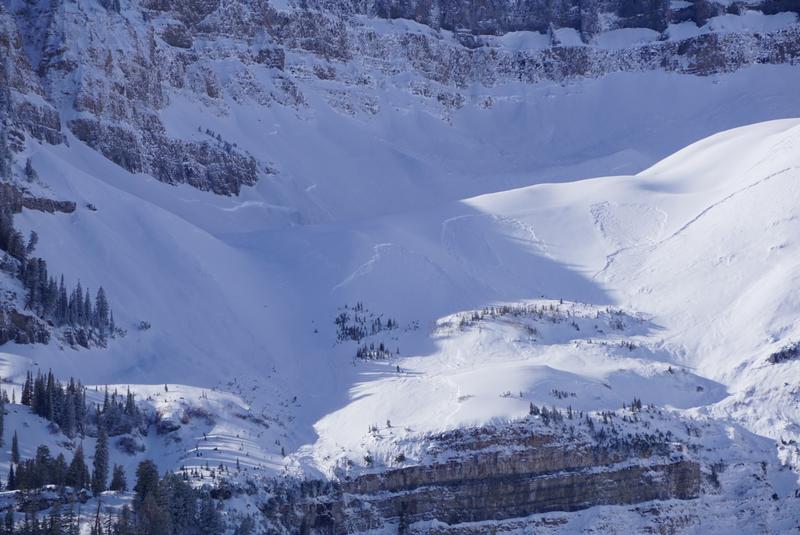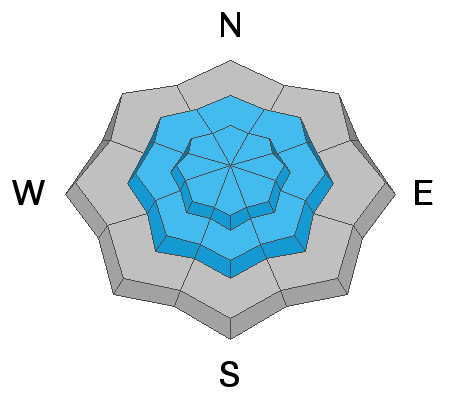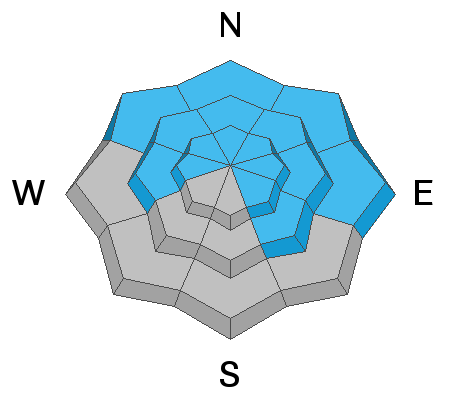Forecast for the Provo Area Mountains

Issued by Trent Meisenheimer on
Thursday morning, January 10, 2019
Thursday morning, January 10, 2019
Today the avalanche danger is CONSIDERABLE on steep mid and upper elevation slopes for triggering new drifts of wind blown snow, which will be most widespread on the north 1/2 of the compass and for triggering new snow slides breaking on the old snow surface. In isolated locations with a thin snowpack avalanches could break near the ground, mostly likely where they have a new load of wind drifted snow. Keep it simple and avoid all avalanche terrain. Stick to terrain less than 30° degrees in steepness and have nothing steep above or adjacent to you.

Low
Moderate
Considerable
High
Extreme
Learn how to read the forecast here









